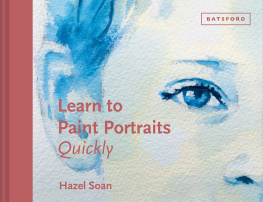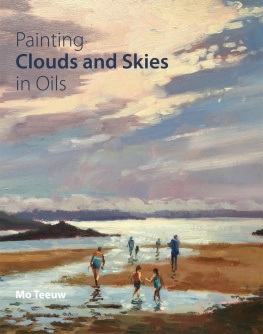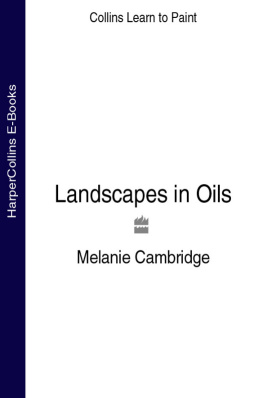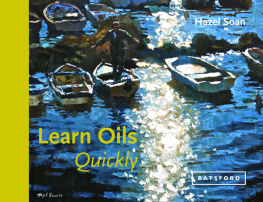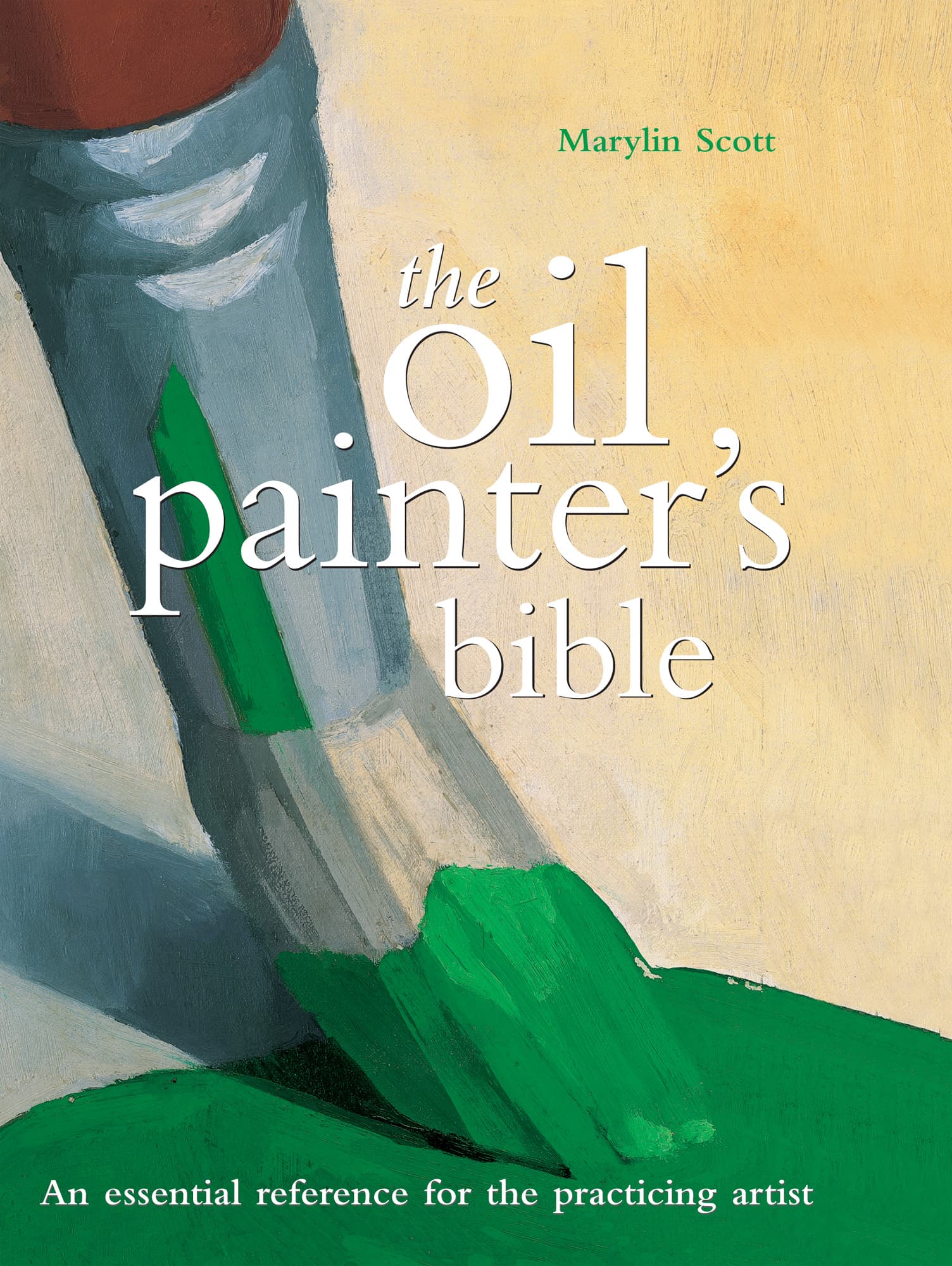The Oil Painters Bible
An essential reference for the practicing artist
Marylin Scott

2016 Quarto Publishing Group USA Inc.
This edition published in 2016 by
CHARTWELL BOOKS
an imprint of Book Sales
a division of of Quarto Publishing Group USA Inc.
142 West 36th Street, 4th Floor
New York, New York 10018, USA
quartoknows.com
Visit our blogs at quartoknows.com
Copyright 2005 Quarto Inc.
Reprinted 2006 (twice), 2007, 2009, 2010, 2011
All rights reserved. No part of this publication may be reproduced, stored in a retrieval system, or transmitted in any form or by any means, electronic, mechanical, photocopying, recording or otherwise, without the permission of the copyright holder.
ISBN-13: 978-0-7858-1942-4
ISBN-10: 0-7858-1942-8
QUAR.OPB
This book was designed and produced by
Quarto Publishing plc
The Old Brewery
6 Blundell Street
London N7 9BH
Project Editor Mary Groom
Art Editor Tania Field
Designer Penny Dawes
Assistant Art Director Penny Cobb
Picture Researcher Claudia Tate
Photographer Martin Norris
Proofreader Louise Armstrong
Indexer Pamela Ellis
Art Director Moira Clinch
Publisher Piers Spence
Digital edition: 978-1-61058-370-1
Softcover edition: 978-0-78581-942-4
Manufactured by Modern Age Repro House
Ltd, Hong Kong
Printed by Midas Printing International Ltd,
China
Contents
Guide
Introduction
The Oil Painters Bible is a must for anyone who has not used oil paints before, and even those who are familiar with the medium may find some surprises among the range of techniquesand hopefully some new inspiration in the gallery of finished pictures.
Learn about tools and materials
The book is divided into four main sections: Materials, Color, Techniques and Subjects. In Materials, you will find information on everything you need to purchase, from paints and brushes to knives, painting mediums and surfaces. You will also discover how to save money by preparing your own canvases and boards, and starting with a basic range of paints. The Color section explains some of the basic properties of colors and gives hints on color mixing and choosing a starter paletteessential advice, as manufacturers produce such a wide and bewildering range of different tubes whose names may not mean much until you have tried them out. The Techniques section helps you to master the basic skills involved in building up an oil painting as well as introducing many unusual and exciting techniques. If you have never tried painting with knives, sponges or your fingers, or scratching into paint to produce intriguing patterns, now is your chance, so experiment with the methods to find out which ones appeal to you. All the techniques are shown in a series of clear, step-by-step demonstrations done by team of professional artists, with informative captions telling you exactly what to do to achieve the effects. In the final section, Subjects, you will see the techniques in action. Finished paintings by a wide range of well-known oil painters illustrate the diversity of style possible with this versatile medium, while texts and captions provide hints on topics such as composition and uses of color to bolster your technical know-how. Looking at other artists work is an essential part of any artists learning curve, and you may find that the example of others helps you to establish your own style. But the most important way to become an artist is to enjoy what you are doing, and to be willing to experiment with your own ideas and working methods, so treat the book as a springboard to launch you into the exciting world of picture making.
Build a basic palette
Look at paintings by established artists
Discover new skills
Paint choices
There are two basic types of oil paint: artists colors and students colors, with the latter being considerably less expensive and sold in smaller color ranges. There is no reason why you should not begin with students colors to get the feel of the paint, but as you become more experienced and need to expand your range of colors, you should consider moving up the scale to artists quality, as the colors are purer and brighter. They also have more tinting power than the cheaper paints, which contain less pigment and are bulked out with thinners, so you will end up using less of them.
It is best to avoid buying a boxed set of paints, as these often contain colors you may never use. All oil paints can be purchased individually in standard-sized tubes, so start with a small range, as suggested in the chapter on color, and add more as needed.
Paint boxes
Wooden paint boxes like this (right) can be purchased without the paints, so that you can buy your own selection. They are made with special trays for the paints and mediums, a long slot at the front for the brushes, and a palette that fits into the lid. Paint boxes like this are not essential, as some of the heavy plastic boxes made for home improvement tools make a good alternative, but the traditional boxes are a great help when working on location, as you have everything you need in one place.
Paint quantities
You will use more white than any other color, so it is wise to buy a larger tube than the standard 38ml size. All paint manufacturers produce 115ml tubes and some also offer tinned versions of white. Smaller tubes of some colors are also made by some manufacturers, so for any very expensive colors or those you know you wont use often, buy the smaller tubes.


